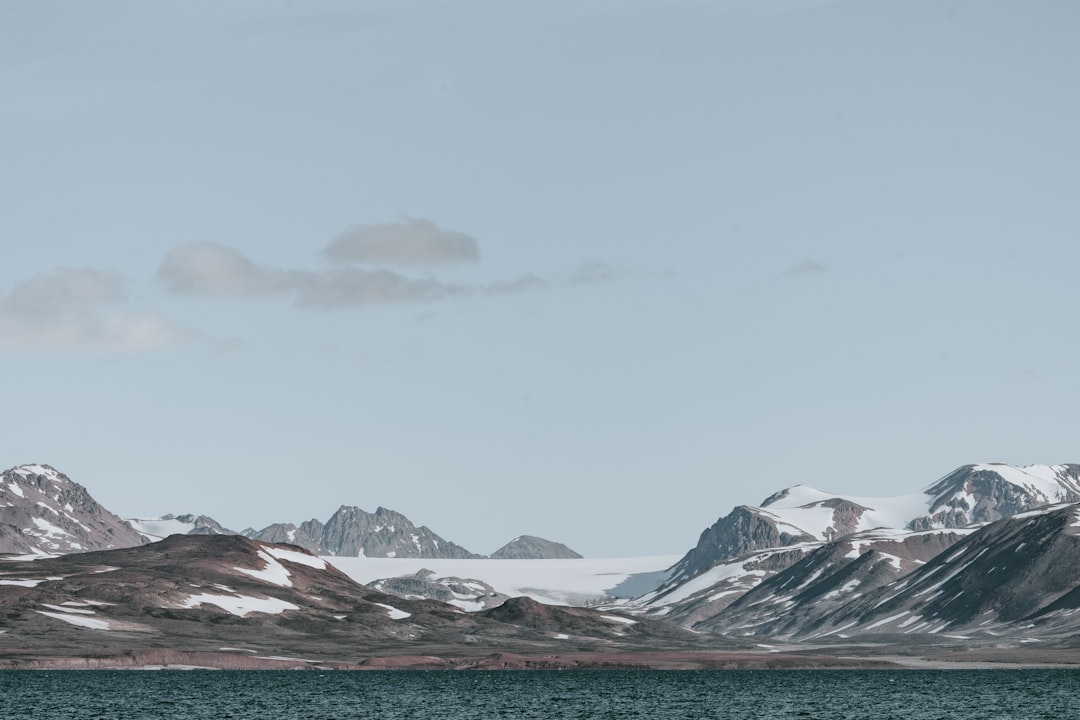What is it about?
We deployed a dense array of 98 seismic sensors on the surface of the d’Argentière glacier in the French Alps and recorded one month of seismic noise generated by subglacial water flow during the onset of the 2018 melt season. With and innovative approach we produce a two dimensional map of the subglacial drainage system and observe the evolution of water flows over time. Early in the observation period, the results show a water flow system dominated by multiple subglacial cavities, which produces higher water pressure at the glacier’s base leading to accelerated glacier movement. We then observe a transition to a more efficient, localized channel-like drainage system over time, resulting in decreased basal water pressure and a slight deceleration of the glacier.
Featured Image

Photo by Davide Cantelli on Unsplash
Why is it important?
Subglacial water flow is known to strongly influence glacier movement, which in turn has a direct effect on sea level rise. However, the exact relationship between subglacial water flow and glacier movement is unclear, due to a lack of observational data. Here we overcome classic observational difficulties by establishing an innovative seismic-based approach. We observe with unprecedented details the subglacial dynamics, which will help us to better understand the response of glaciers to an increase in surface melt.
Perspectives
Although our method was applied on an Alpine Glacier, a similar seismic monitoring systems could be adapted to other glaciers and ice sheets to identify locations in time and space that are particularly sensitive to the melt water increases expected from climate change. Our method could also be applied in other environnements such as volcanoes, actives fault zones and rivers.
Ugo Nanni
Universite Grenoble Alpes
Read the Original
This page is a summary of: Observing the subglacial hydrology network and its dynamics with a dense seismic array, Proceedings of the National Academy of Sciences, July 2021, Proceedings of the National Academy of Sciences,
DOI: 10.1073/pnas.2023757118.
You can read the full text:
Resources
Contributors
The following have contributed to this page










